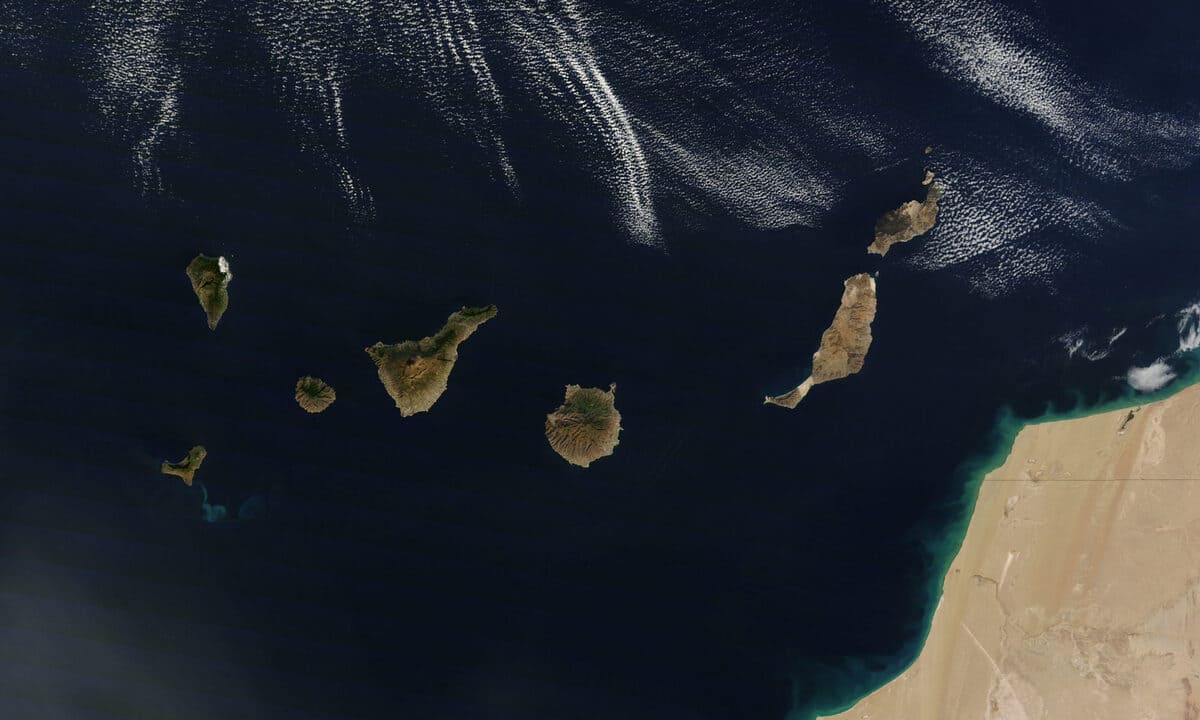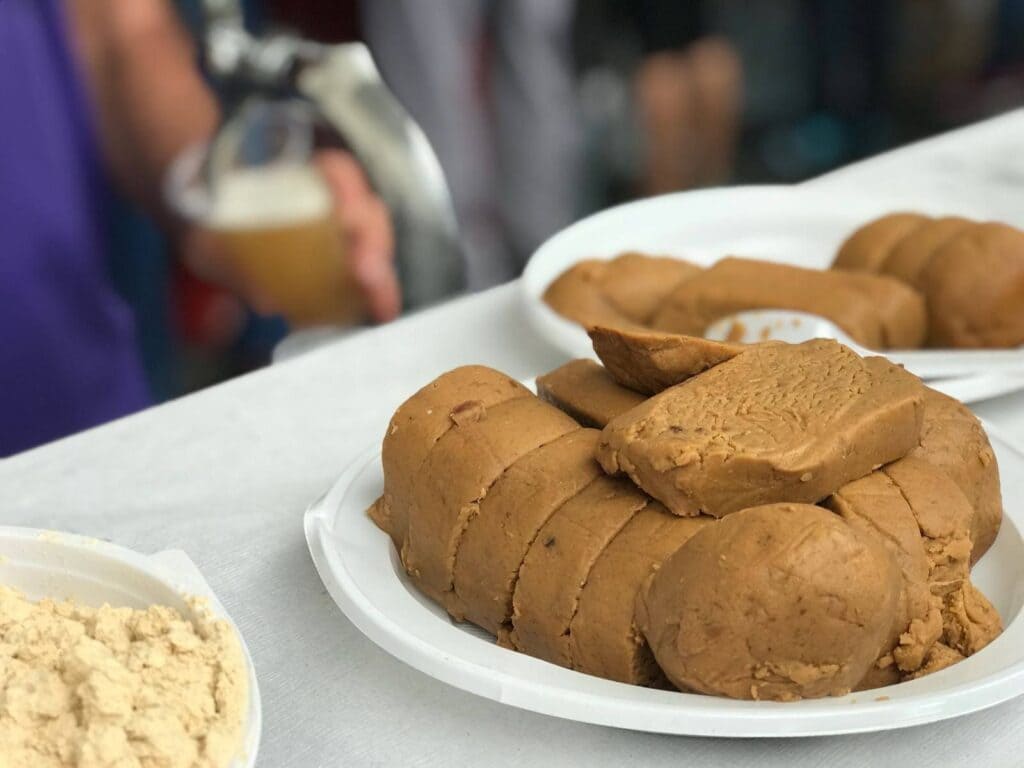Tasting a wine is not just a matter of taking a sip and swallowing. You have to understand the wine and the story it has to tell. That is why we have created a small guide with three simple steps that allow you to sublimate the experience of tasting wine and understand and enjoy it to the fullest without having to be an expert.
As in life, you learn everything. Expert sommeliers don't have better taste buds or superpowers using their senses. They have developed their sensory approach to become experts. And like everything else, the secret is curiosity and practice.
Tasting wine, 1: see. "The Sight"
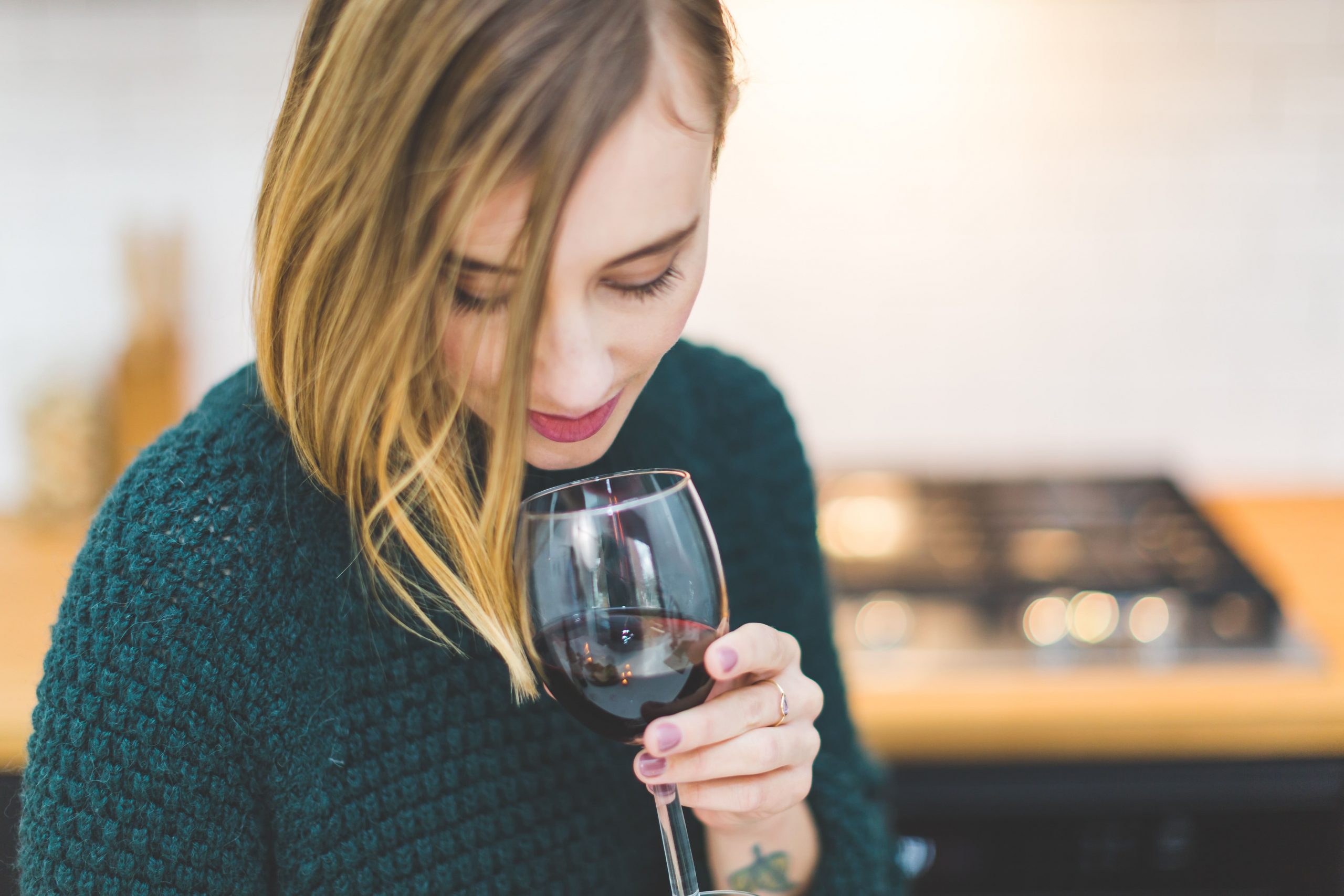
Just like when you first meet someone, the first impression is crucial, and it influences our mood and therefore our senses.
This is why the first contact with the wine already reveals an appearance and style. At first, the colour of the wine can slightly help us to know the age. A watery liquid usually indicates that the wine is young while, if it has a more opaque colour, it reveals that the wine is older. We must always understand that colour is merely a guide.
To examine the tone of the wine and its visual texture, the wine glass must be held at a 45-degree angle against a white background. This will allow us to see the different shades of color.
White wines. White wines tend to darken as they age. Their shades range from transparent white wine, through all shades of yellow and light green, to intense golden brown. A pale white wine is usually light, dry and dominated by primary fruit or floral aromas. When it is more intense yellow, more golden, or with amber tones, it suggests an aging in oak and spices.
Red wines. Unlike white wines, red wines tend to become lighter as they age. And they vary in colour, from purple and ruby, to dark purple, garnet and even brick red. A light-colored red wine is associated with fewer tannins and generally less body and alcohol than darker reds. In addition, an older red wine will often have more shades of orange around the edges than younger red wines.
Did you know that the older the wine the greater the color variation between the rim and center of the glass?
In reality, unless it is a blind wine tasting, there is no need to spend more than five seconds on this step: the answers are easily found on the bottle (the vintage, the grape variety...).
Smell. "The Nose"
The sense of smell evokes emotions and memories. We remember a perfume, the smell of a dish from our childhood... No other sense is more pleasant than the sense of smell. In the same way, smelling a wine allows us to obtain a lot of information about it, such as its strength and vigour, established by the intensity of its aroma. Thus, the richer the range of fragrances, the more complex the wine.
When tasting wine, you should smell it gently and more than once; in this way you can capture all its aromas. As a general rule, if the wine is young it will smell fruity, with hints of citrus or raspberries. If the wine is older, it will have a richer, earthy, grassy or oaky smell.
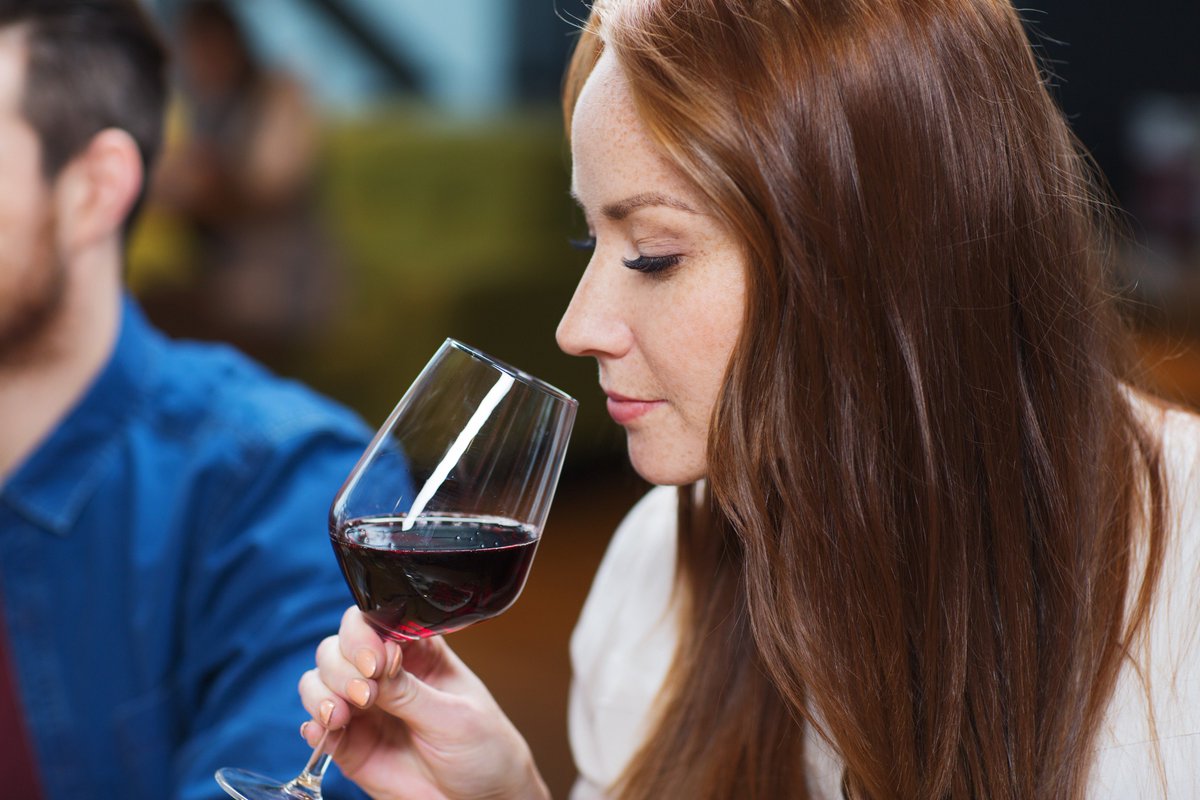
In this step it is best to place the nose on the rim of the glass and keep the mouth open. The aromas will bounce off the nostrils. Then, a deep breath should be taken to identify other familiar smells.
In order to perceive the aromatic profile of the wine it is necessary to make it dance in the glass to increase its interaction with the oxygen. This will cause fragrant molecules to be released. This will identify three categories: primary aromas (derived from the variety of grape and which include aromas of fruit, spices, herbs and flowers); secondary aromas (which depend on the winemaking process); and tertiary aromas (which come from the ageing of the wine and help to identify its taste).
The basic aromas that can be found in the wines according to the variety are
- Red wines: plums, blackberries, honey, herbs, oak, red fruit, black fruit and blue fruit....
- White wines: fresh fruit, apple, apricot, pear, melon, flowers, citrus, tropical ...
- Rosé wines: pineapple, melon, pear, strawberry, fruity
Then, the secondary aromas of the soil are checked and verified if there are signs of aging in oak barrels in the presence of notes of caramel, vanilla, oak, cream, butter ...
Did you know that the higher the alcohol content of wine, the more it "burns" in the nostrils when smelled?
The tears that appear in the glass when shaken determine the high alcohol and/or sugar content of the wine. The more alcohol in a wine glass, the longer and more abundant the tears. And the more residual sugar there is, the slower these tears will fall to the bottom of the glass.
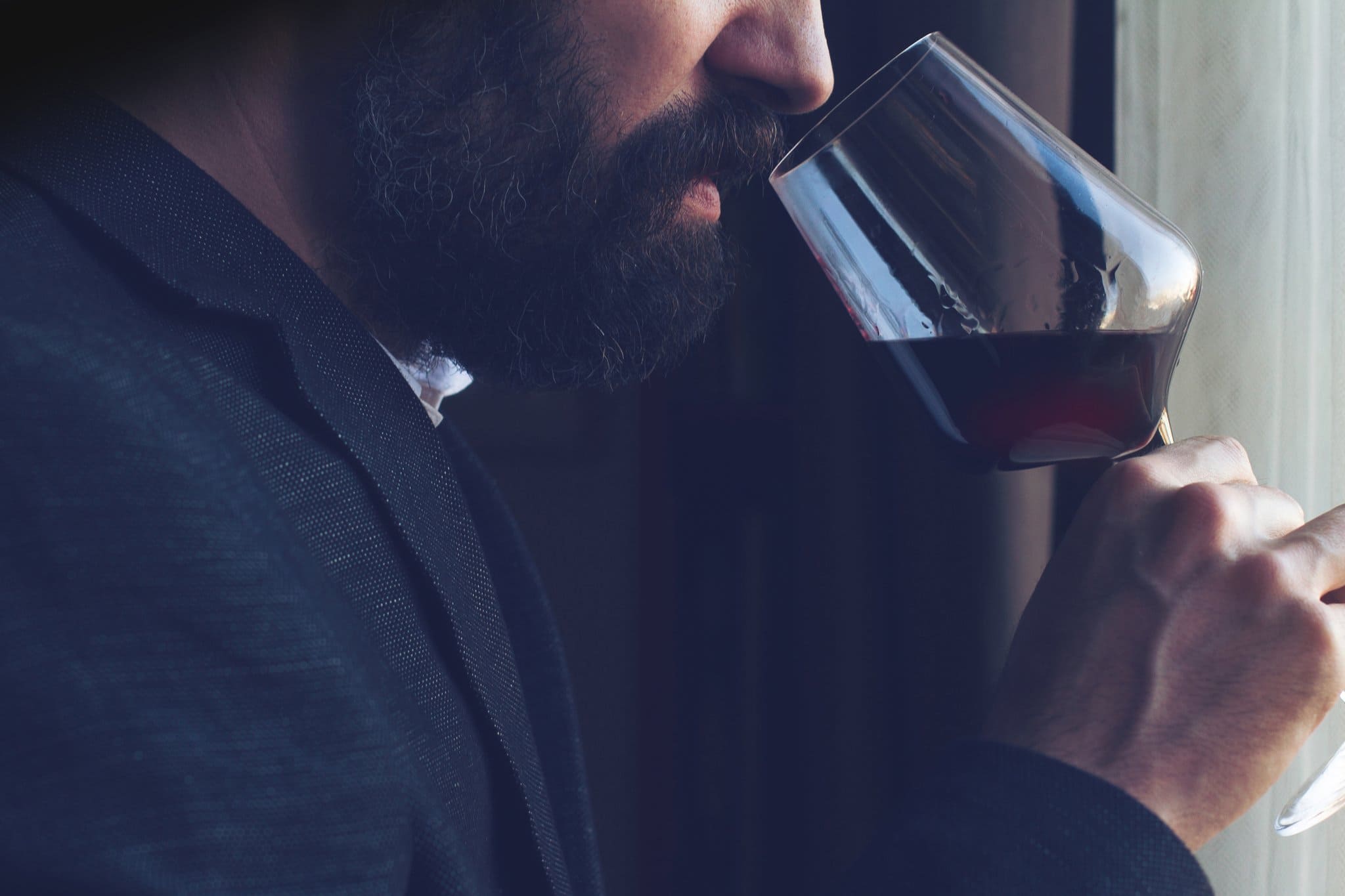
Try it. "The Taste"
Now that we have drawn a mental picture of the wine, it is time to know everything about it through the most important sense of all, the one that brings together the truth about whether the wine is good or not: taste. To do this, we must reaffirm some of the conclusions we have been able to reach in the first two obligatory steps when tasting wine:
- the sense of smell: the aromas of the wine reach the nose through the back of the mouth, revealing the flavours of the wine.
- thesense of touch: the inside of the mouth is covered with receptors capable of analysing the temperature and texture of the wine, as well as the body and tannic structure of the wine.
What's more, the different areas of the mouth are designed to perceive tastes:
- Sweetness: tip of the tongue. It comes from fruit flavours and the sugars of the fermented grape. Wines with a lower sugar content are known as "dry" wines.
- Acidity: edges, sides of the tongue. A good level of acidity gives the wine a good backbone and freshness (without acidity, the wine will have a soft and bitter taste).
- Bitterness: back of the tongue.
- Tannins: in the cheeks, gums. A highly tannic wine will make the tongue and the palate dry out.
If all of the above achieves a good balance, that is, no one element dominates, it usually means that it is a good quality, balanced wine. Although we leave this to those who know.
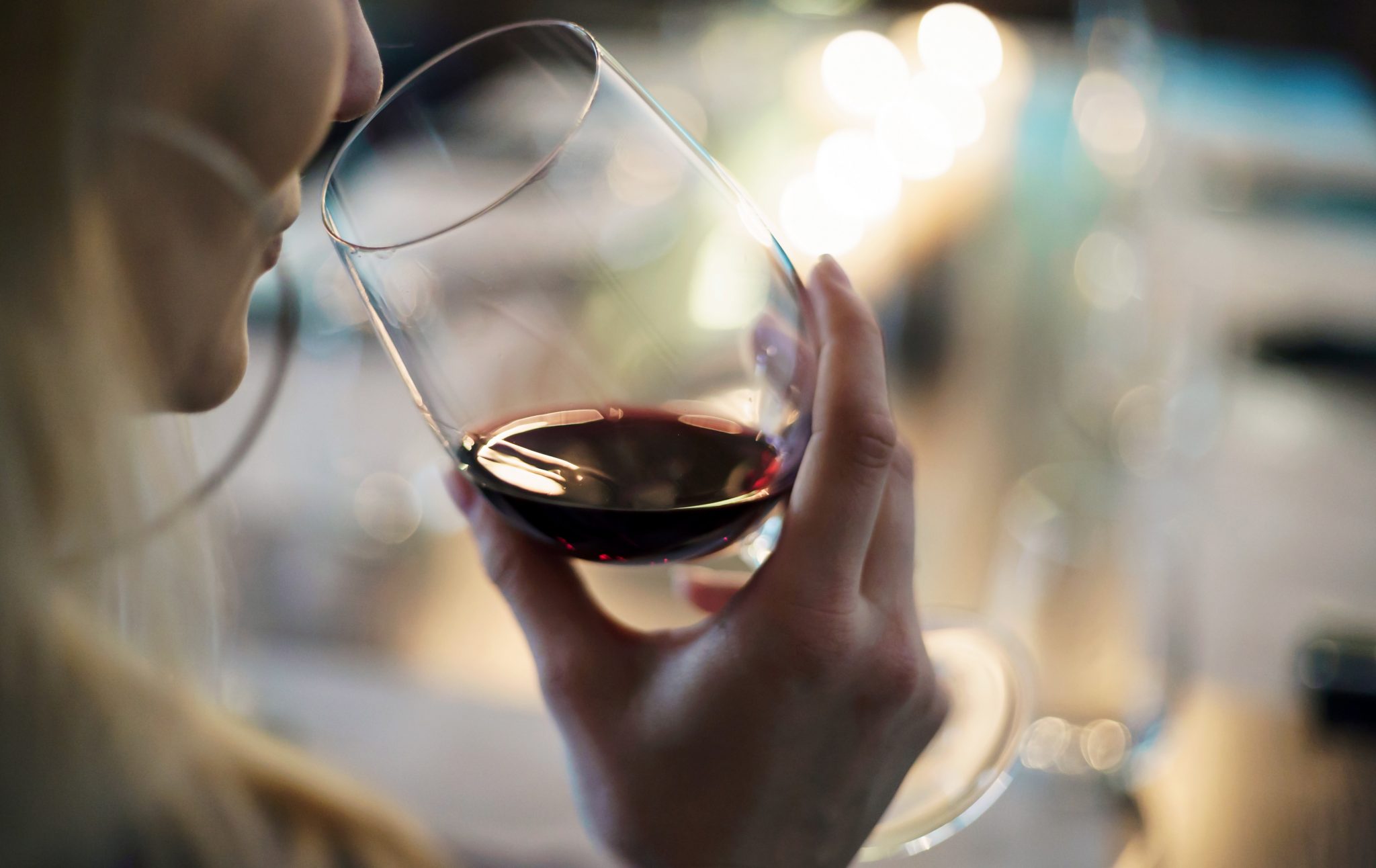
To taste a wine, the first sip must be held in the mouth and be accompanied by an intake of air (this is a bit tricky, but you will master it) to pass the liquid all over the mouth, and end up swallowing it.
In addition to the explosion of flavours felt in the mouth, it tries to highlight the sweetness and acidity of the wine. Then, he passes the wine over his tongue for several seconds before swallowing it. Exhale through your nose as you swallow. This way your taste buds and sense of smell will work together. This will allow you to discover the balance of the wine on the palate.
Remember that each wine has its own personality. The ideal would be to get to know the different varieties and their distinctive characteristics.
Next, shake the wine around the mouth to cover the palate, tongue and cheeks (as if using the wine as a mouthwash) and feel its weight: this will reveal the body of the wine.
Finally, taste its intensity. Do the flavors remain in the mouth even after swallowing? This is known as the aftertaste and indicates the end of the wine.

Aspects to take into account when tasting wine
Tasting wine is a personal experience, and it is also strongly influenced by your mood and the environment where you taste it.
To taste a wine, take a large sip of wine followed by several smaller sips so that flavors can be isolated and selected. Don't try to find the specific flavor, go from wider to more specific.
And one last note: if you want to taste a wine like a true professional, you should not swallow the wine after taking a sip. Master sommeliers and other wine professionals do not swallow it, but spit it out.
Photo source: Pixabay, Shutterstock.
